India is a glorious explosion of colors, sounds, smells, spices, and experiences. Its myriad of sights and sounds has been enchanting travelers for centuries. It is the ultimate travel plunge. It is not just a destination — it is a journey in itself.
If you’re traveling to this fascinating country for the first time, you might feel overwhelmed by all the information you read online. Millions of people are giving their opinions on the country and its safety, to the point where we sometimes ask ourselves: “How can I handle it?”
Don’t fret. This magical country will be a life-changing experience when you know how to stay safe and prepare for it.
Here is our India survival guide to get you on the right foot for this exciting journey!
5.) Get a Safe Hotel
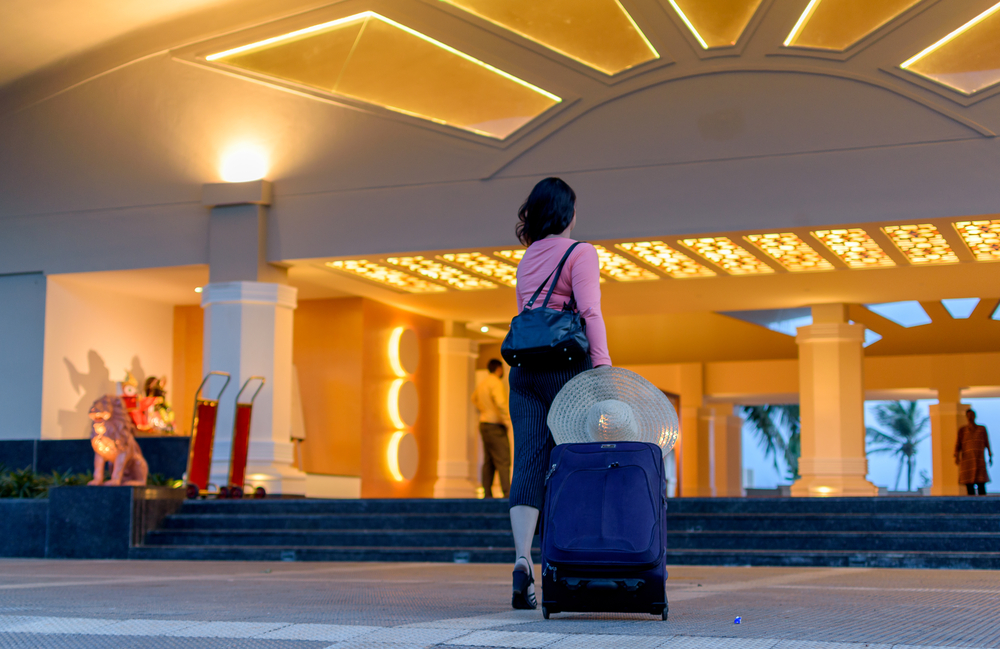
Abir Roy Barman / Shutterstock
India might be the place to splurge on a fancy hotel because it’s likely to be less expensive than comparable accommodations back in the States. But no matter where you’re staying, stay somewhere you’ll feel comfortable.
If you’re traveling alone, this might be especially important for you. Always trust your gut when it comes to your hotels: if something about the hotel makes you uneasy or uncomfortable, check out and find someplace that sits better with you.
Read the Online Reviews
Remember to read the online reviews carefully. They can give you valuable insight into the safety of the hotel, the cleanliness of the rooms, and the way the staff treats the guests.
If you are booking through a third-party website, you can see the ranking of the hotels to get an idea of the best ones in the area.
Call Your Hotel
After you book your hotel online, call the front desk. If you book through a third-party website, your first question should be to confirm that your name got into their system. You don’t want to arrive at the hotel at three in the morning only to find out that your booking didn’t go through.
Your next questions should help make your arrival and stay as smooth as possible. Here is what you can ask:
- How can you get to the hotel from the airport?
- Is there a shuttle bus to take from the airport?
- Is the neighborhood safe?
- Is there public transport nearby?
- How far away are the sites you’d like to visit
These questions will help you be more prepared for your stay.
If you are eating at the hotel, remember to let the hotel know about any dietary restriction you may have and if they can accommodate you.
Do Your Research
For those who are backpacking through India or traveling with a budget, you may be opting for a hostel instead of a hotel. You can find excellent hostels with some research.
Do your homework beforehand, read the online reviews carefully, and trust your gut.
4.) Be Mindful of the Animals
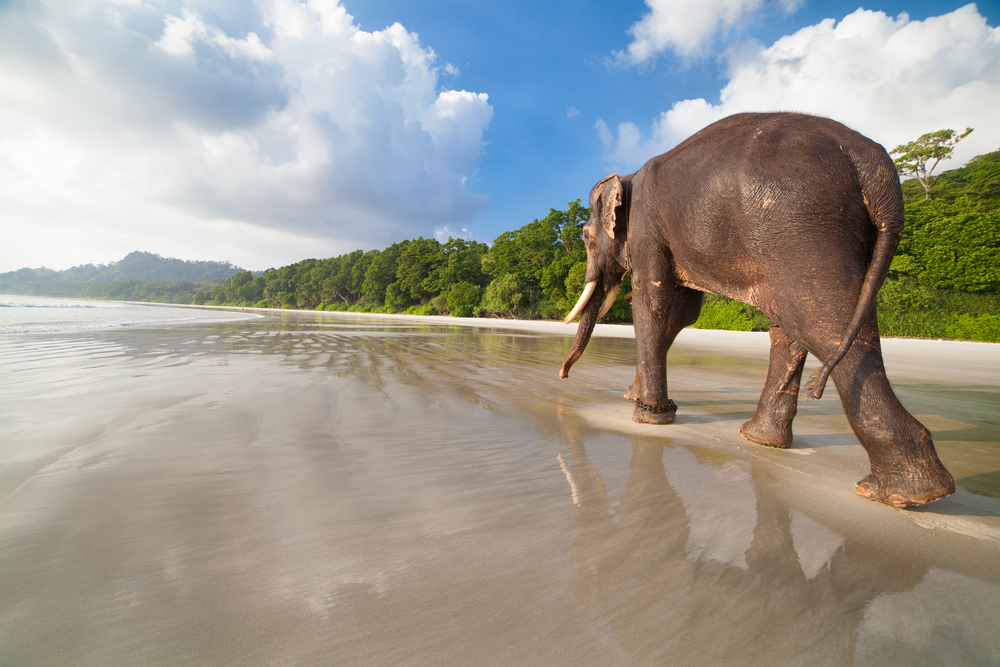
Tereshchenko Dmitry / Shutterstock
Monkeys that lurk in temples, cows that roam down the streets, and wild dogs are a few types of wildlife you might encounter. There’s a lot of wildlife even in the most urban of neighborhoods in India. Here is how to treat them.
No Touching
Admire them from afar, take as many photos as you can, and enjoy the show. But don’t touch the animals, even if someone claims that they are tame.
Rabies is an ongoing problem in Southeast Asia and the Indian Subcontinent, and it has claimed the lives of travelers in the past. It’s a horrible way to die.
Go to a Hospital if You Are Touched
If you are inadvertently touched, licked, scratched, or bitten by an animal, wash out the wound as best you can and get to a hospital immediately for anti-rabies injections.
If you’re going to be outside urban areas or trekking through Southeast Asia for a while, consider getting the rabies vaccine before you go.
Be Aware of Unethical Wildlife Tourism
Did you go to India if you haven’t posted a picture of yourself on Instagram riding an elephant? While that’s what social media might think, be aware of the unethical things that might be going on.
Beyond the glamorous selfies and witty captions, the animals are trained and treated in cruel ways. The money that you pay for riding an animal seldom goes for maintaining its well-being.
If you want to visit India’s wildlife, opt for an animal sanctuary instead. They rescue, care, and house those animals in much better conditions. To find a reputable wildlife sanctuary, screen the living conditions of the animals. The housing should be adequate, the structure of the sanctuary should help with the physical stimulation of the animals, and the visitors shouldn’t be allowed disruptive interactions with the animals.
3.) Anticipate the Heat
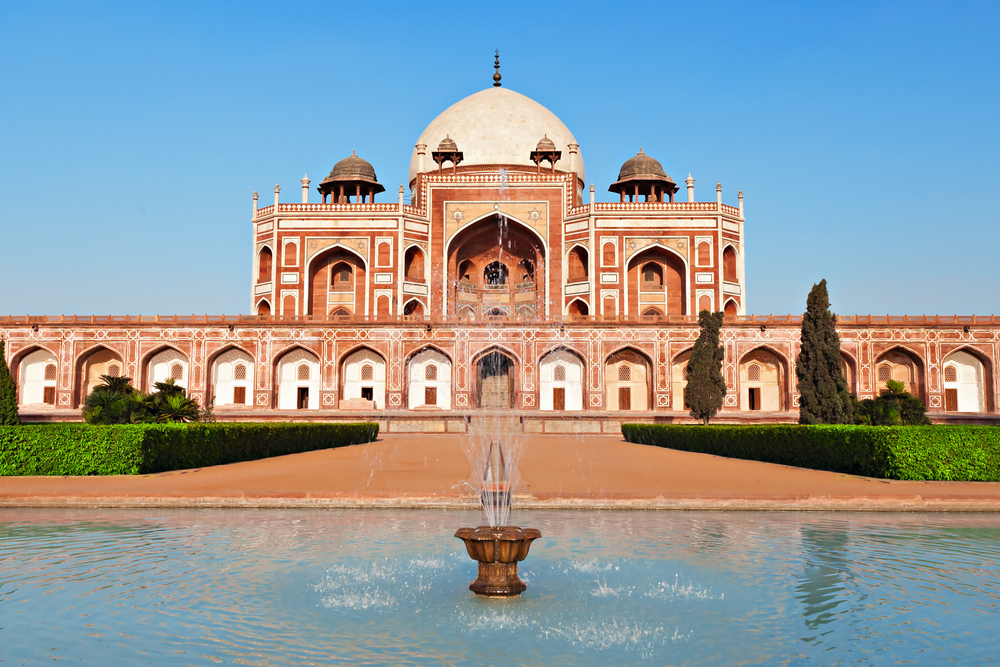
Saiko3p / Shutterstock
It would be an understatement to say that India is hot. We’re talking 100 degrees in December. We’re talking humidity so thick that it’s impossible to move. We’re talking sweat all day and all night.
The situation is getting even more serious as the last heat waves have reached a record. Climate change is hitting the country hard. Here is how to protect yourself.
Drink Water
Our first advice is intuitive: drink lots of water.
According to Authority Nutrition, we should drink about 2 liters of water per day. If you’re hiking, your water intake will probably be more important. Pack your refillable water bottle and make sure there are sources of clean water where you will be heading
Plan Your Hike
Don’t embark on that hike or 10-mile jog at high noon. It’s a lot easier to remain in high spirits when you’re hydrated and you’re not suffering from a heat stroke.
The hottest time of the day is usually between noon and 3 PM. If you’re traveling during the summer, hike early in the morning or later in the afternoon.
Wear Appropriate Clothes
Light colors, loose clothes, and hats are your best friends. Even if it sounds counter-intuitive, refrain from wearing revealing clothes. You need clothes that can block sun rays from burning your skin.
Speaking of skin, always have your sunblock in your bag or purse. Choose one with a high SPF.
Take Care of Your Body
If you have asthma or another respiratory condition, you might find that the heat and smog exacerbate your symptoms, particularly in the larger cities. Make sure that you have more than enough medicine to get through your trip.
2.) Be Up to Date With Vaccines
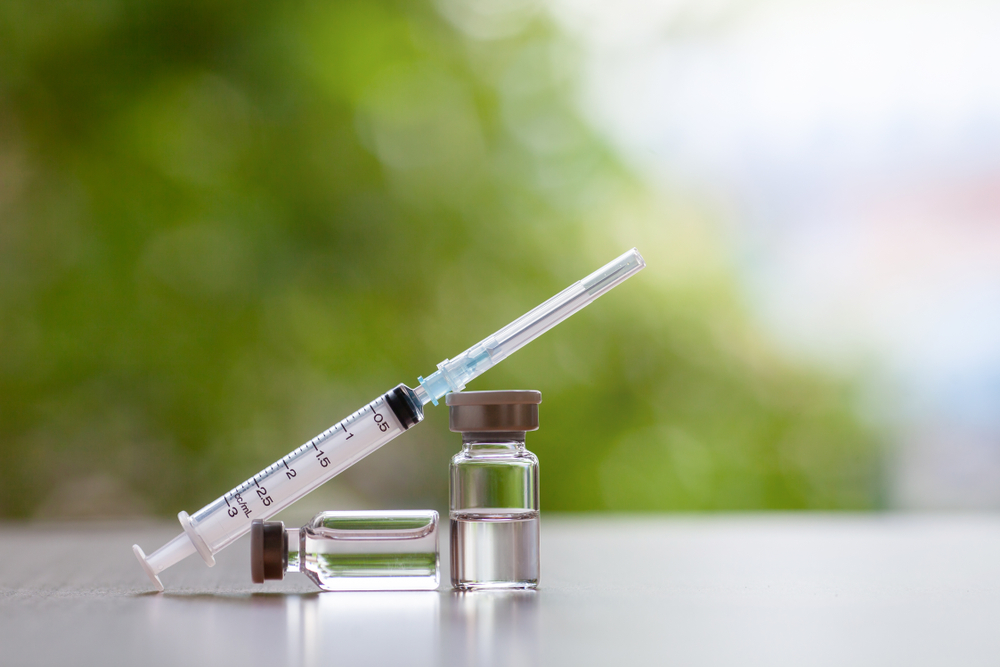
Panpilai Paipa / Shutterstock
No matter where your traveling, you should be aware of potential exposure to certain viruses and infections. Here is what you need to know to protect yourself.
Get Your Vaccines and Medicines
Visit your doctor at least a month before your trip to get the vaccines needed. Some of these vaccines are required regardless of where you’re going, and some others are specific to where you’re going, how long you’re staying, and your eating habits.
Some of these vaccines may include:
- Cholera
- Hepatitis A and B
- Japanese Encephalitis
- Measles
- Rabies
- Routine immunizations: measles-mumps-rubella (MMR) vaccine, polio vaccine, varicella (chickenpox) vaccine, diphtheria-tetanus-pertussis vaccine, and yearly flu shot.
- Typhoid
- Yellow Fever
Be aware of malaria too. It is endemic on the Indian Subcontinent, and you don’t want to go home with it. Your anti-malaria regime is going to be a multi-tiered attack.
First, you’re going to need to start taking malaria prophylaxis pills – probably doxycycline or Lariam – before you get to India. They need some time to kick in. Your doctor or the local travel clinic can prescribe them for you.
Also, bring and use insect repellent. If you visit an Indian home, you might notice bug repellent lights or mosquito nets near the beds. It’s not a bad idea for you either.
Have All Your Medical Information Ready
This advice goes for travelers going anywhere, but it is worth mentioning here as well.
Have all the information about your medical condition before traveling. Write down your blood type, allergies, and any medical condition you have had in the past. If you need a trip to the hospital, you should be able to answer the doctors’ questions as thoroughly as you can.
1.) Don’t Drink the Water
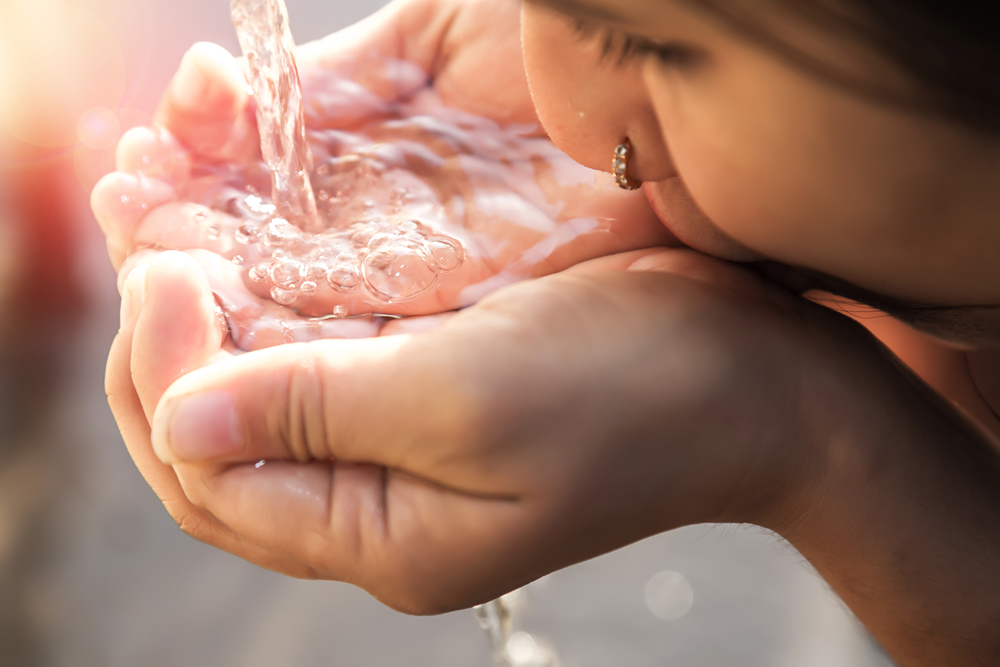
Greenaperture / Shutterstock
The old cliché has a lot of merits. If there is one thing we will want you to remember from this India survival guide, it would be not to drink tap water. Here is what to do instead.
Use Bottled Water
Indian households typically use bottled water or filter it if they can. You want to follow suit.
Don’t even brush your teeth with the water from the tap or gulp some water while you’re in the shower. The safest tactic is to drink only bottled water from sealed, single-use bottles. Crush and recycle the containers when you’re finished. Bisleri is widely considered to be the most popular and reputable brand of bottled water. Kinley and Aquafina are others.
If you don’t want to use bottled water, get a water bottle that has a filter in it that you trust.
Remember Water Is Everywhere
Your water intake doesn’t only come from you directly drinking it. It can come from ice cubes, snow cones, juices, and even a salad that had been cleaned with tap water.
Approach those water sources with extreme precaution, unless you are 100% sure they have been made from a clean water supply. If in doubt, skip them altogether.
In Emergencies
Some hotels, particularly upscale ones, filter their water. You can also boil your water if you have access to a stove or kettle. In an emergency, filtration tablets can make the local water potable.
After you follow our India survival guide, you will be fired up and ready to embark on your amazing journey!